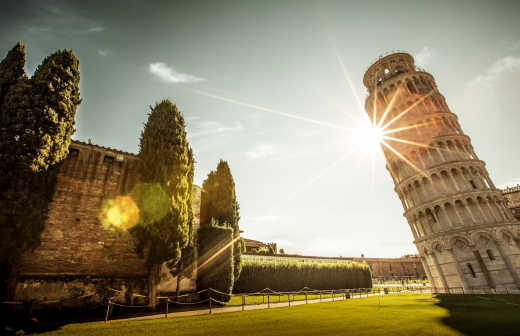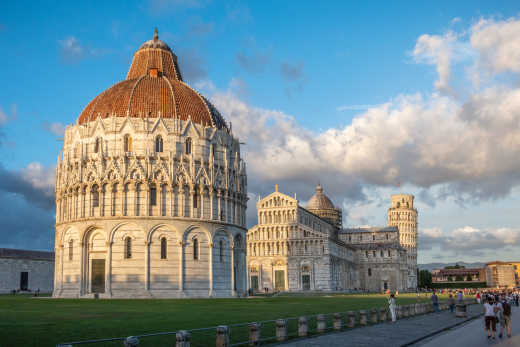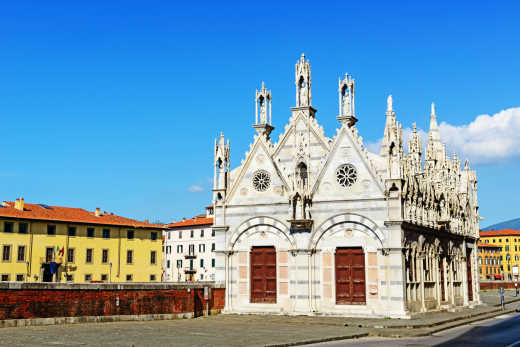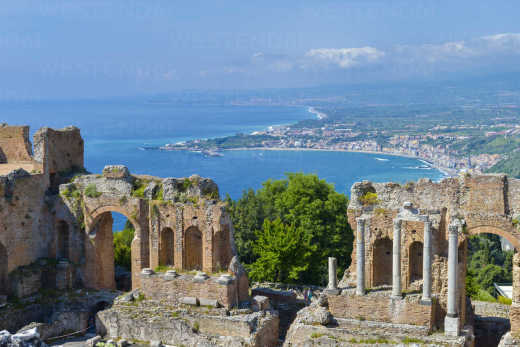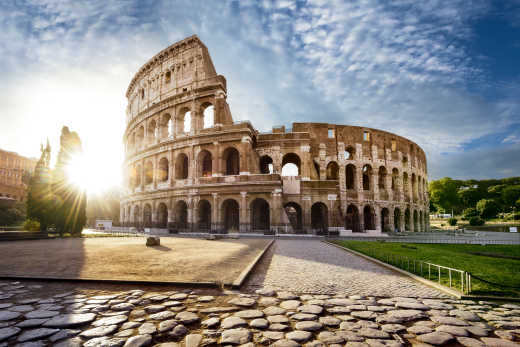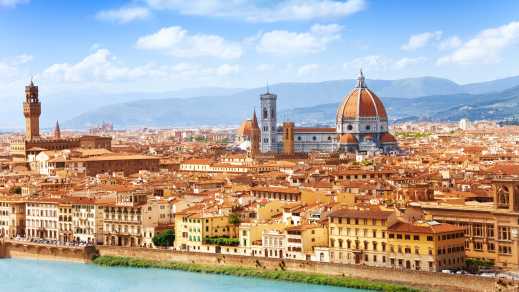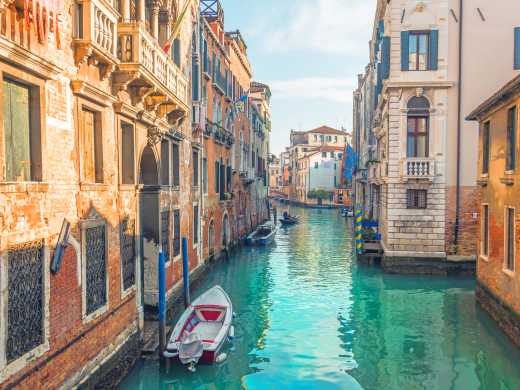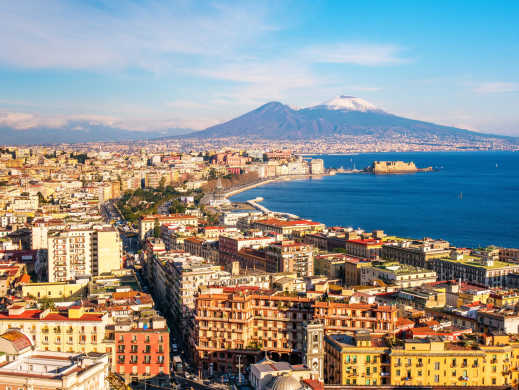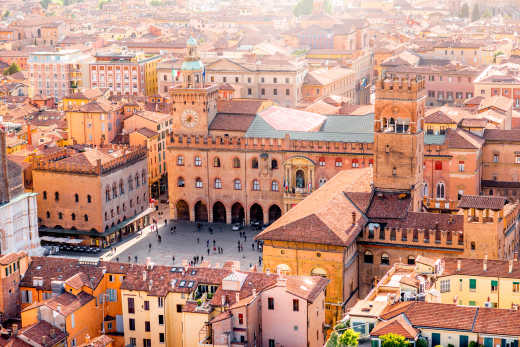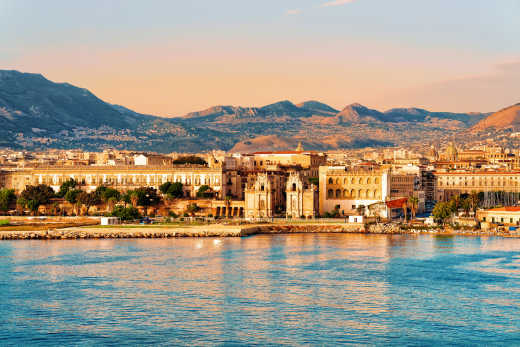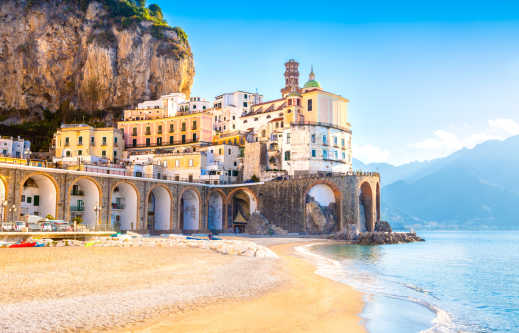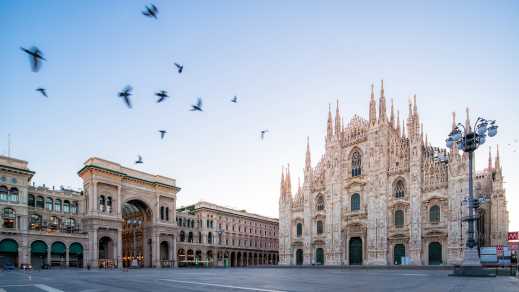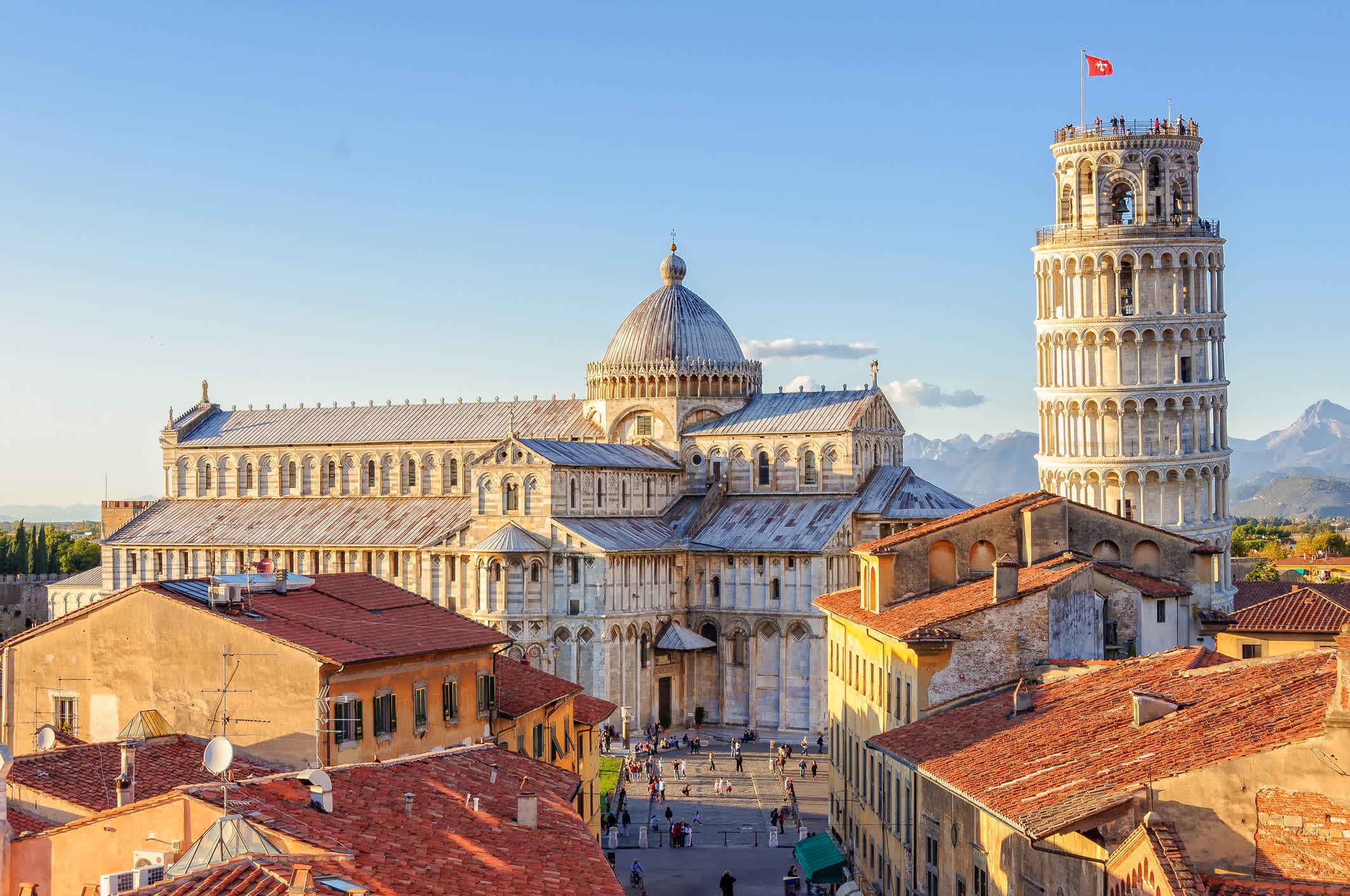
Pisa Vacations
The top sights, highlights, tours & travel itinaries curated by our Travel Experts.
Our expert tips for your Pisa holiday
Pisa is a charming student city where world-famous sights meet authentic Italian life. The Arno River winds through the Tuscan city and flows into the Ligurian Sea not far from Pisa. Visit the Leaning Tower of Pisa, the city's landmark and enjoy regional specialties in the trattorias, restaurants and bars. With Tourlane, you can book your flights, transfers, accommodation and guides - all in one place! Our travel experts will create your perfect tour package according to your travel tastes and preferences.
![Europe Italy Leaning Tower of Pisa Leaning Tower of Pisa - a must on a Pisa holiday]()
Leaning Tower of Pisa
World famous tilted building and landmark
![Europe Italy Cathedral Santa Maria Assunta Cathedral Santa Maria Assunta - a must on a Pisa holiday]()
Cathedral of Santa Maria Assunta
Magnificent church built of Carrara marble
![Europe Italy Santa Maria della Spina pisa Santa Maria della Spina - a must on a trip to Pisa]()
Santa Maria della Spina
Gothic church from the 13th century
Top Attractions to Visit During Your Pisa Vacation
1. Leaning Tower of Pisa
The landmark of the city is the world famous Leaning Tower of Pisa. Located in Piazza Duomo, also known as Piazza dei Miracoli, it was built as a freestanding bell tower for Santa Maria Assunta Cathedral using 14,200 tons of white Carrara marble. Due to the subsoil of clayey mud and sand, the tower began to lean just a few years after the foundation stone was laid in 1173, and construction was interrupted several times until its completion in 1372. For 13 years, until 2001, viewing of the Leaning Tower was closed to visitors. However, after extensive restoration work, the tower is once again open to the public.
2. Cathedral Santa Maria Assunta
Like the Leaning Tower of Pisa, the Cathedral of Santa Maria Assunta is also built on the Cathedral Square. Construction began in 1063 in the style of the "Pisan Romanticism" and lasted more than 200 years. Like the tower, the cathedral is also made of marble, which comes from a quarry near Carrara. The ensemble of the Leaning Tower, the Cathedral, the Baptistery and the Pisa Cemetery was declared a World Heritage Site by UNESCO in 1987.
3. Santa Maria della Spina
The small church of Santa Maria della Spina is located directly on the Arno River and was originally built as an oratory around 1230. The church is considered an important example of Gothic Italian architecture and is one of Pisa's most popular photo opportunities. Due to its location on the river, the church of Santa Maria della Spina has had to be restored several times because of flood damage.
4. Botanical Garden
The Pisa Botanical Garden serves as a wonderful retreat. It was founded in the middle of the 16th century and changed its location several times in the following decades until it found its current place at the edge of the old town in the immediate vicinity of the cathedral square. Covering about 3 hectares, you can admire the garden's fascinating flora, including deciduous and coniferous trees, medicinal herbs and aquatic plants.
5 Camposanto Monumentale
The northern end of the cathedral square is the Camposanto Monumentale. The cemetery is known for its scenic façade architecture and its elongated cloister with semi-circular arch arcades. The Camposanto Monumentale, whose construction began in 1278 and was completed in 1358, is considered an important cultural asset with numerous magnificent tombs and frescoes. Less
Other Places to Visit During Your Tour
TourlaneCare

